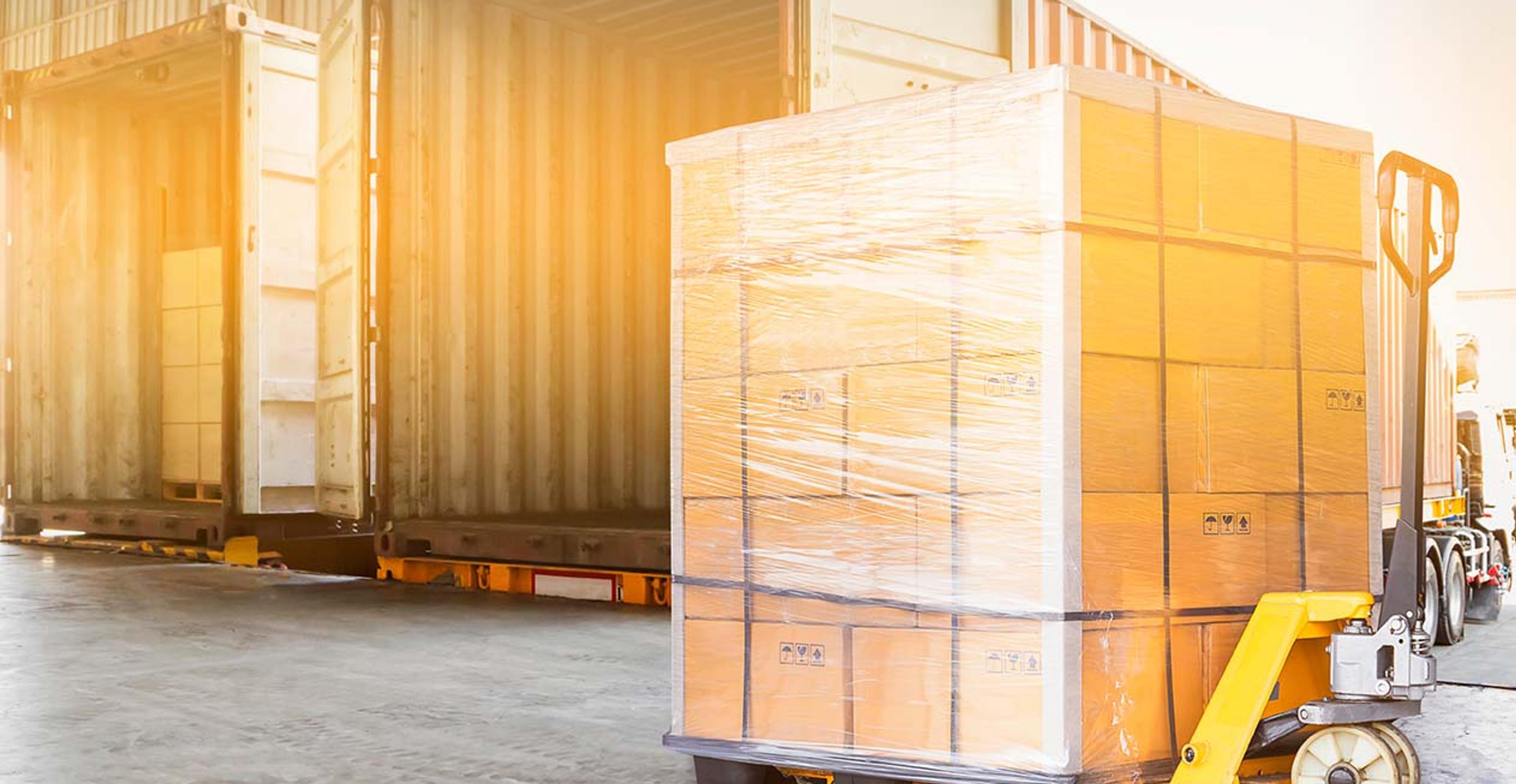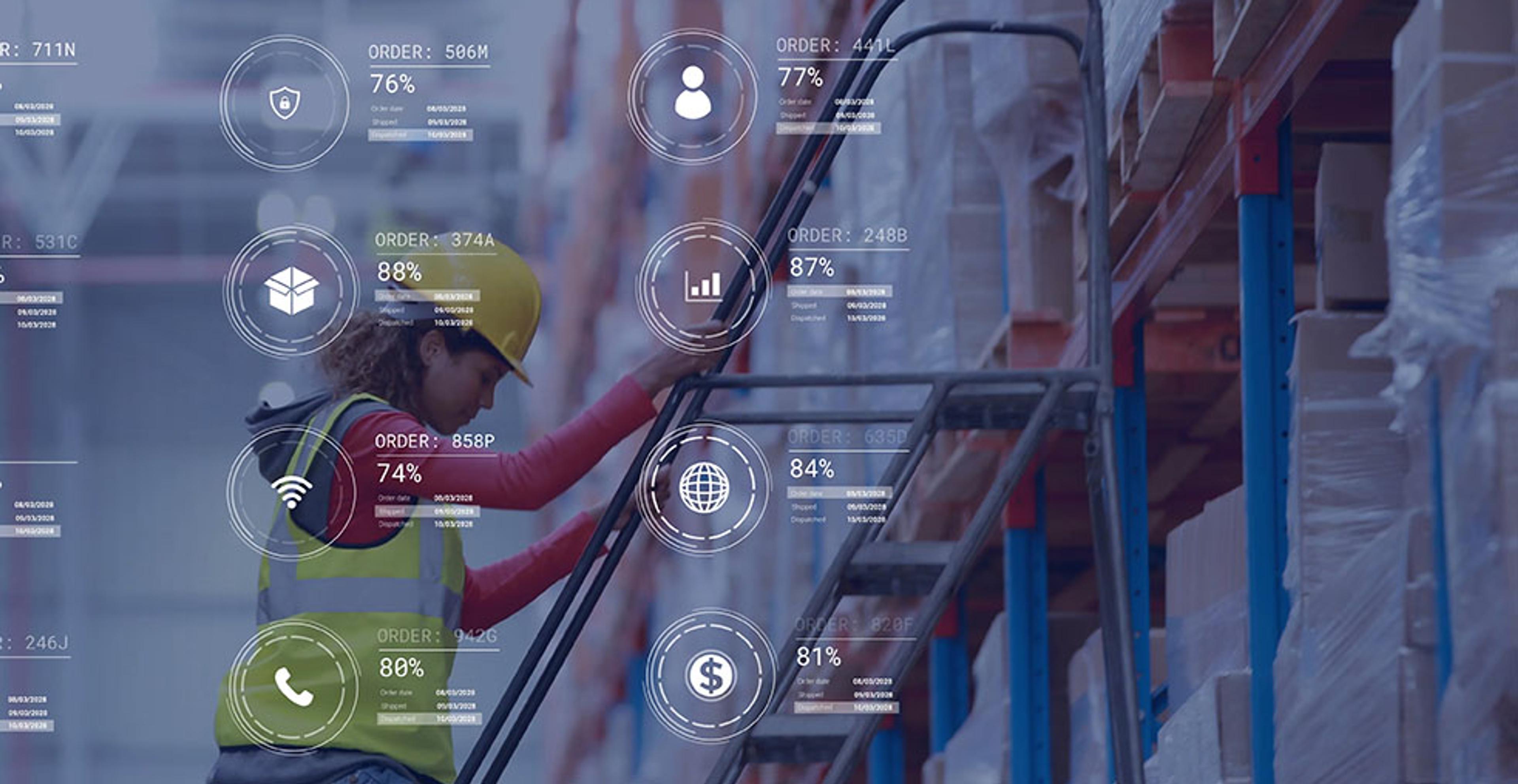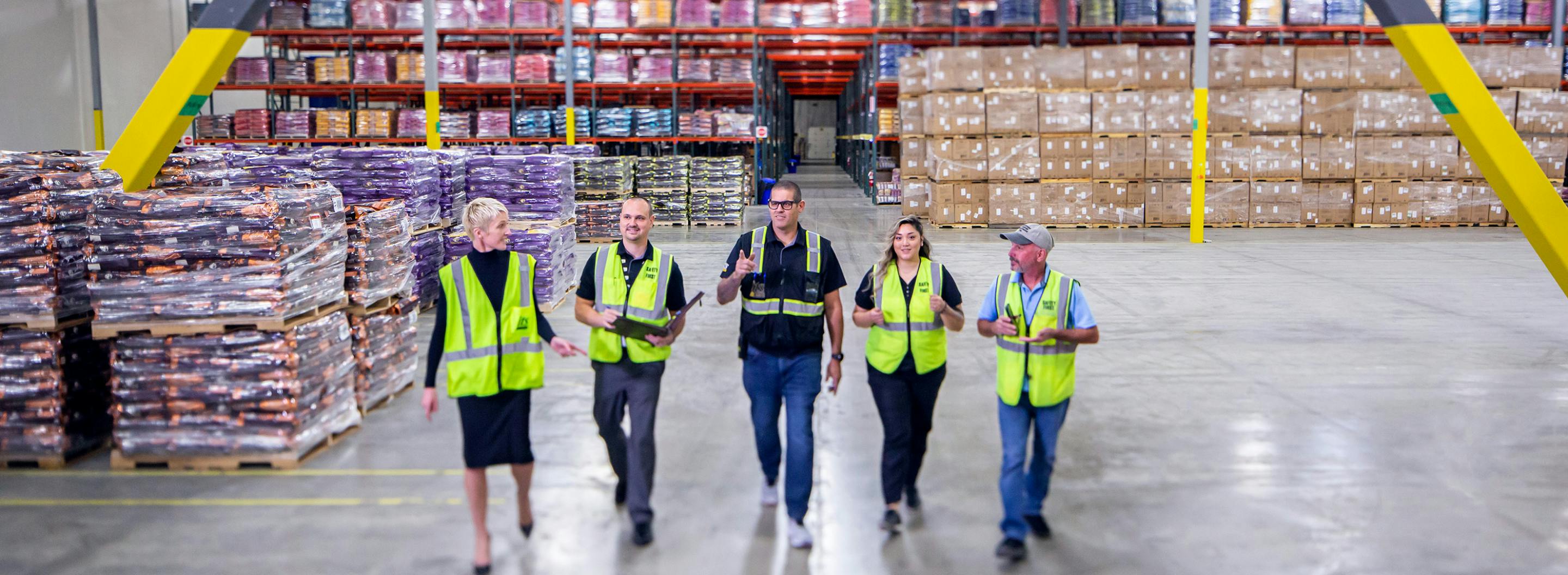Diversifying Global Trade to Build Resilient Supply Chains
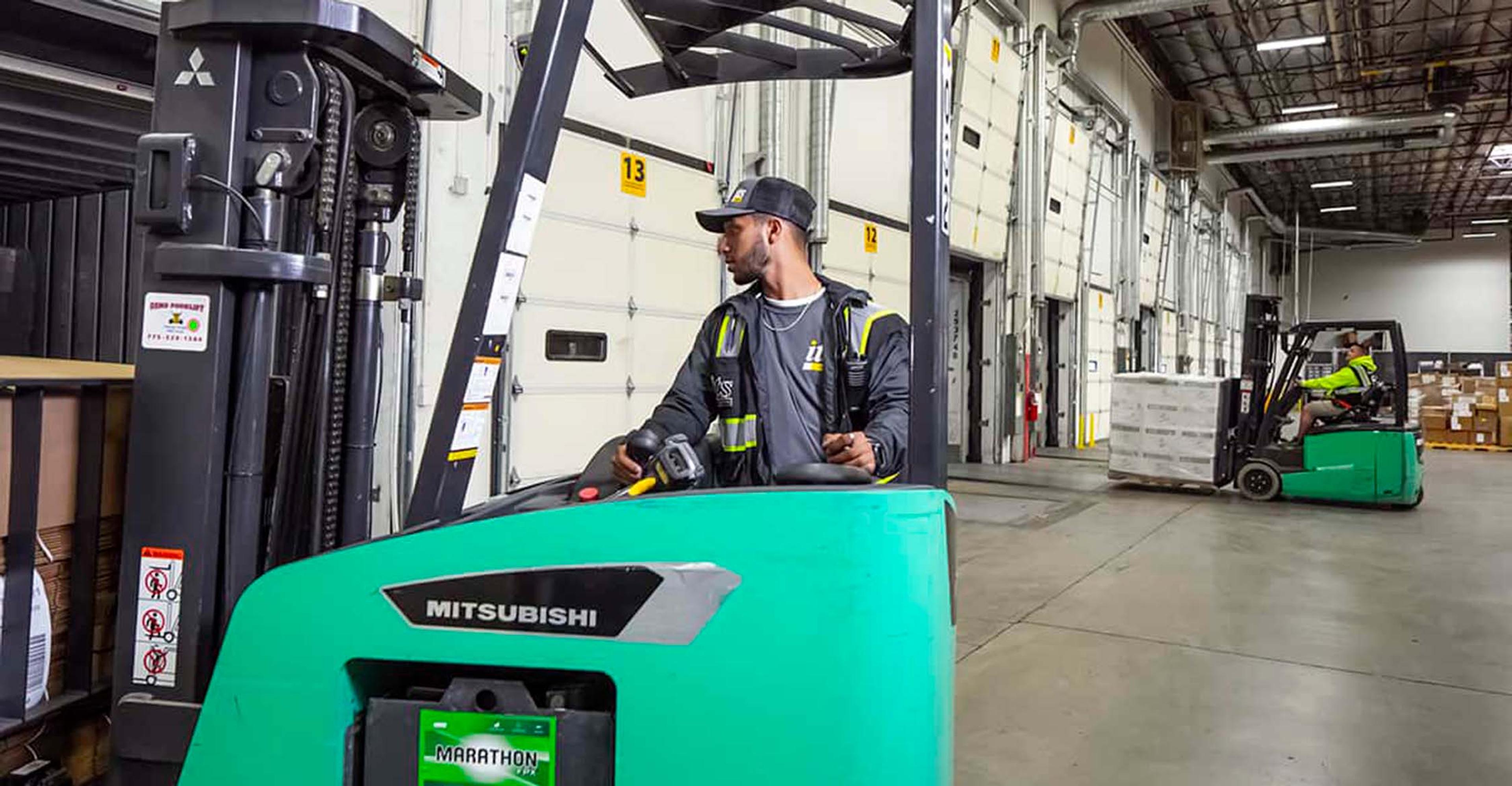
Benefits of diversifying global trade
Manufacturing supply chain structures have shifted dramatically within the last two years. Unforeseeable volatility in consumer demand stretched supply, resulting in shortages for many sectors. As pressure has built on the supply chain, manufacturers are now looking to emerging markets to reinforce manufacturing and transportation operations.
With increased unpredictability in the industry, a lack of diversification along the supply chain can pose risks. Trade is on the rise around the world and there does not have to be a dependence on a longer supply chain to move products back to the intended market. Ports have been scrambling to ensure space is available for operations and global warehouse capacity has been stretched to its limit. Rather than wait for a new disruption, exploring opportunity in the global trade market can have immense supply chain benefits.
Germany considers nearby country for nearshoring
Retailers are beginning to rethink their supply chains and reliance on certain territories for manufacturing. Shipping costs have skyrocketed, further fueling changes along the supply chain. Until 2020, a 40-foot container along the world’s major east/west trade routes was never more than $2,000. This year it is estimated that these same corridors have ocean freight rates at a record high of $10,000.
A focus on resilient supply chains has led to a shift of trade relations between various countries.
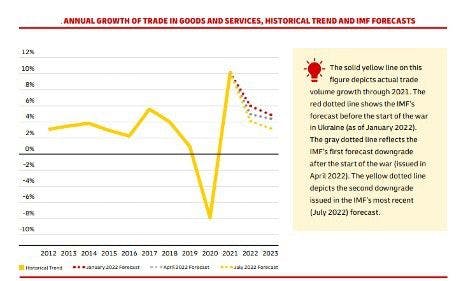
For example, Germany has recently renewed focus on deepening their trade partnership with Morocco, with the current conflict in Ukraine further accelerating the transition of manufacturing. Morocco’s geographic advantage grants access to global shipping routes combined with a massive investment in transportation and logistics have made it a strategic business center.
In 2020, Morocco exported $1.1 billion worth of goods, mainly automotive products, to Germany. The supply of vehicle wire harnesses has been disrupted by the Ukraine-Russia conflict and the Moroccan automotive supply chain would prove valuable to European manufacturers. Some manufacturers that depend on plants in Ukraine include Porsche, Volkswagen, Mercedes-Benz, and BMW.
The new global supply chain and emerging markets
Trade is expected to grow slightly faster in 2023 than it did in the previous decade, despite the recent headwinds. According to a new report by DHL Express and the NYU Stern School of Business, global trade forecasts are not expected to slow down as supply chains reposition. Globalization has yet to lead to regionalization and some supply chains are also redirecting to emerging markets in developing countries. India, Indonesia, Vietnam, and Bangladesh have all strengthened their position in global trade because of speed and scaling growth. Emerging markets are importing raw materials and adopting technology to attract additional manufacturing deals and trade.
With inflation and economic slowdown in the United States, companies have been forced to adjust trading operations. Trade is tied to economic growth, which has been negative for two consecutive quarters. With high inflation, companies must look to adjust manufacturing costs and be as efficient as possible. The best access around the world via trade diversification can help to achieve that.
India
India is one of the world’s fastest-growing smartphone markets and currently the second-largest mobile phone producer in the world. The country has production centers for several top makers including Samsung, Apple, and Xiaomi. Apple recently announced that it would be assembling the iPhone 14 in India rather than China. The tech giant has been manufacturing its phones in India since 2017 with older models. This will be the first time that the company is producing its latest model in India, where they will be sold locally and exported globally. JPMorgan analysts stated that Apple will move 5% of its global production for the iPhone 14 to India by late 2022. They may also make 25% of all models in India by 2025.
This shift from the tech giant is indication of India’s increasing manufacturing opportunities. Manufacturers in India are encouraged to tap into the country’s IT power that is available in abundance. The country has a competitive corporate tax rate and a growing talent pool, increasing the ease of doing business. One of the recent initiatives in India announced that the government would provide production-linked cash incentives to companies. Theses incentives would be worth four to six percent of incremental sales over five years on goods manufactured locally.
Indonesia
Indonesia has recently sought to improve strategic partnerships in the manufacturing sector. The manufacturing sector in Indonesia expanded in September at a rapid pace, with a manufacturing PMI score of 53.7. This score is up from 51.7 a month earlier and moves it even further from the boom-or-bust line of 50 separating expansion from contraction. The manufacturing sector has been consistently expanding for thirteen consecutive months and has strengthened in the last two. The expansion is due to a continued increase in domestic demand and exports even amidst escalating global risks.
Vietnam
Ho Chi Minh City (HCMC), is a key economic hub in the heart of the Southern region of Vietnam. With a strategic position and an abundant workforce, the automation and mechanical industries are the backbones of economic development for the city. Automation has transformed key industries in HCMC including food processing, electronics, and textiles. These industries have experienced growth rates between 11 and 35 percent annually. The city especially prioritizes financial and technical support for universities and training departments of mechanical engineering, which has developed a highly skilled workforce. Additional key industries include electronics and information technology along with food processing, chemical and pharmaceutical.
Bangladesh
Bangladesh has produced a resilient economy, growing by more than 17% in three years despite the events of a global pandemic. Having weathered a period of heightened external pressure and economic headwinds, the Future of Trade report describes Bangladesh as a hyper-growth market rapidly progressing towards becoming a major global trade partner. From 2010 – 2020, the country achieved the world’s highest cumulative GDP growth and lifted more than 25 million people out of poverty. Last year, the UN confirmed that Bangladesh would graduate from the least developed country category by 2026. This is a far cry from what was once the second poorest country in the world when they achieved independence in 1971.
Working with a trusted logistics partner
A partnership with a trusted logistics partner can streamline operations and fortify the customer experience. ITS has a footprint in over 33 markets in North America that enables our team to be agile upon execution. Contact us for any logistical inquiries today.

